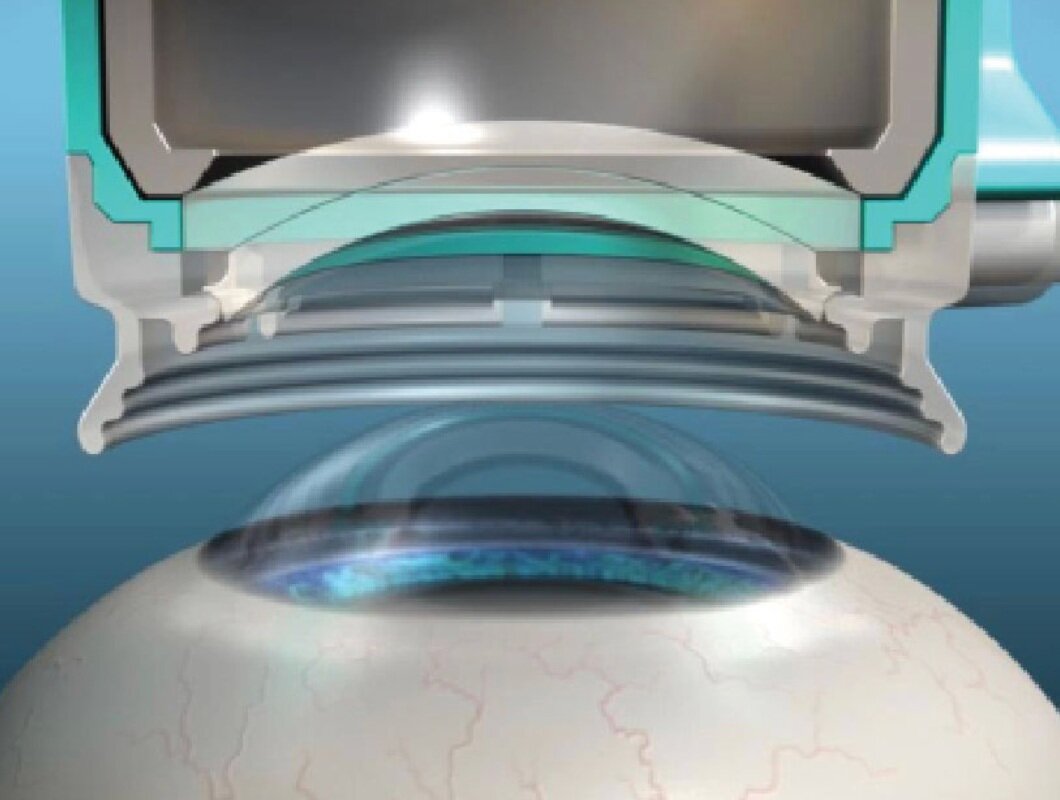
Laser Vision at Reeve Woods Eye Center
The precision of laser vision with iLASIK
iLASIK Vision Correction
iDESIGN technology with the iLASIK visual correction laser system has 25 times more resolution to sharpen the focus of visual correction. Visual blur from astigmatism is now reduced and improved treated the iLASIK system, to sharpen the focus and decrease need for glasses.
Laser precise surgery to correct visual abberations
Femtolaser is used to create the LASIK flap for correction of hyperopia, myopia, and astigmatism with the excimer laser VISX S4 IR laser.
iLASIK, iDESIGN, and Femtolaser All-Laser LASIK are a leap forward
This system has 25 times the resolution of conventional wavefront aberrometry. That’s an incredible improvement for visual focus after laser vision correction!
iLASIK utilizes the same femtolaser for precision of LASIK flap creation.
Advances in technology tend to be both incremental and occur in large ‘leaps’. I believe that new technology in LASIK eye surgey or laser vision correction has achieved a significant leap at this time by utilizing all laser LASIK to achieve improved vision outcomes.
All laser LASIK is the convergence of two very important technologies - the excimer laser for reshaping the corneal surface, and the femtosecond laser to precisely cut well-centered corneal flaps. By using both technologies, a more precise laser vision correction procedure has evolved.
The first technology occurred in the early 1990’s when excimer lasers were developed that could reshape the human cornea to improve its focus, thereby reducing the need for patients to use glasses. Improving the focus of the human eye with the precision of the excimer was a remarkable accomplishment. This was a giant leap forward compared to the less precise methods of cutting the cornea with spoke-like incisions (radial keratotomy) which was the pioneer eye surgery out of Russia in the 1980’s. The excimer laser allowed a precision that caused little to no additional heat to the treated surface of the eye (less collateral damage) and soon the field of vision correction found out what was possible, and what were the limits with this technology.
Laser eye surgery in the early 1990’s relied on the patient to have corneal wound healing for two to 5 five days as the surface of the cornea healed over the treated area. This type of surgery is still commonly performed by our military and armed forces, as it has reliable outcomes, and no corneal tissue flap which could be a possible concern for our soldiers in the field.
Laser eye surgery developed its next step toward becoming all-laser when corneal flaps were first introduced in the early 1990’s, allowing faster healing times. Corneal flaps were pioneered in Greece and Italy with a mechanical device that would cut a flap over the surface of the cornea. The name LASIK was given to this procedure (Laser Assisted In Situ Keratomilieusis) to recognize that the laser reshaped the corneal focus, but the mechanical cut for the corneal flap helped reduce time required to heal. Patients only needed a day or two off of work instead of almost a week off of work. LASIK quickly became the go-to vision correction procedure in the U.S. for civilians in the 1990’s as the healing time was vastly improved compared to surface laser treatment without a corneal flap.
All Laser LASIK improves on traditional LASIK in that a second laser technology has been developed that removes the need for mechanical cutting on the cornea. The femtosecond laser can precisely treat and ablate a corneal flap with no need for an oscillating blade. These flaps appear to be precisely centered and highly repeatable in their depth and shape. Preserving the corneal depth and centering the corneal flap perfectly with a laser are a step toward a more precise laser vision correction surgery.
We have been using the Intralase All Laser LASIK system (iLASIK) in 2011 and enjoying the results with our patients. Limitations for exceptionally high corrections exist, but many patients now enjoy the faster recovery of LASIK with the precision of an all laser system with no mechanical cutting. Consultations are helpful to determine benefits, risks, and candidacy for laser vision correction with more information and education by your eye doctor.
All Laser LASIK consultations with Dr. Reeve and Dr. Woods can be scheduled in Chico at 530-899-2244.




